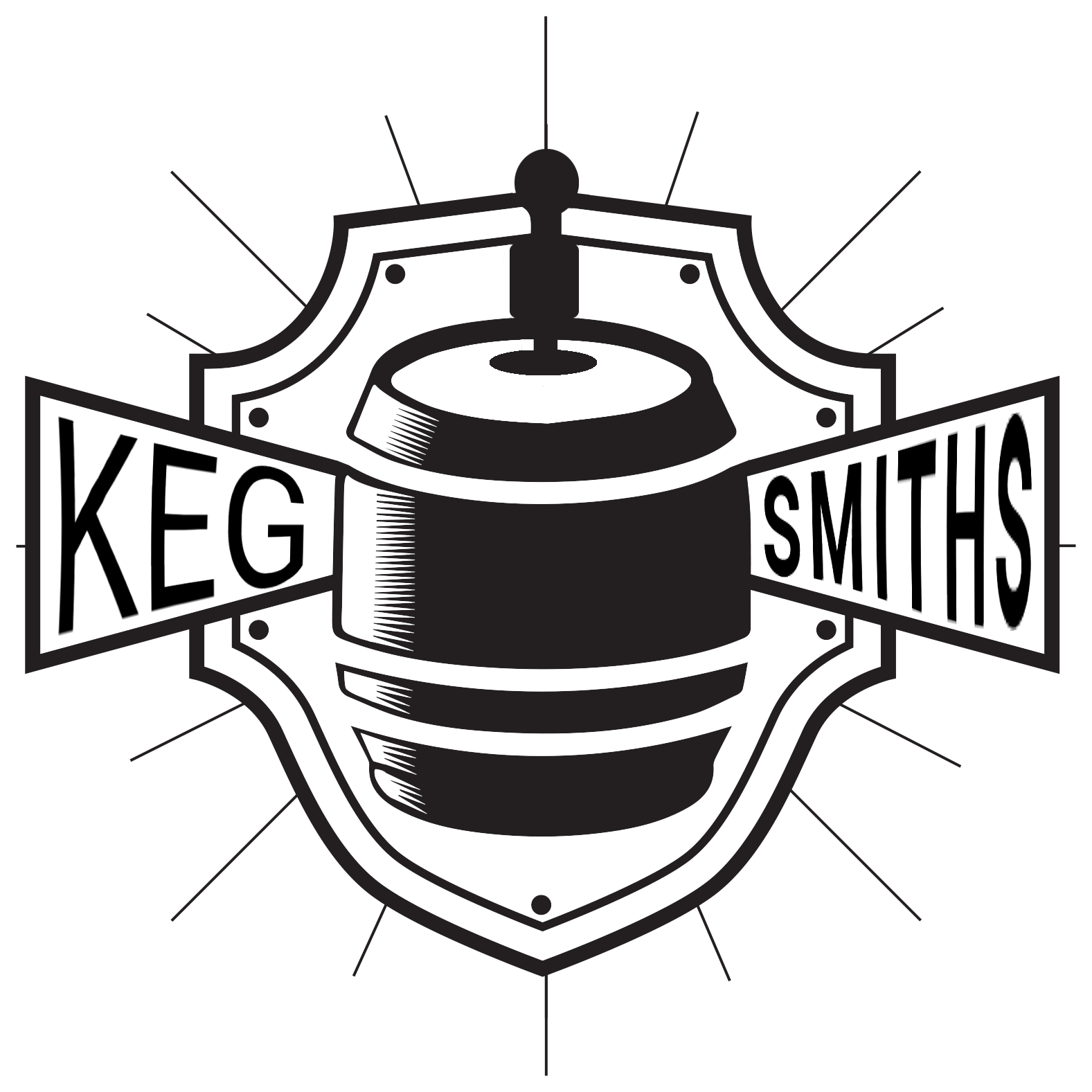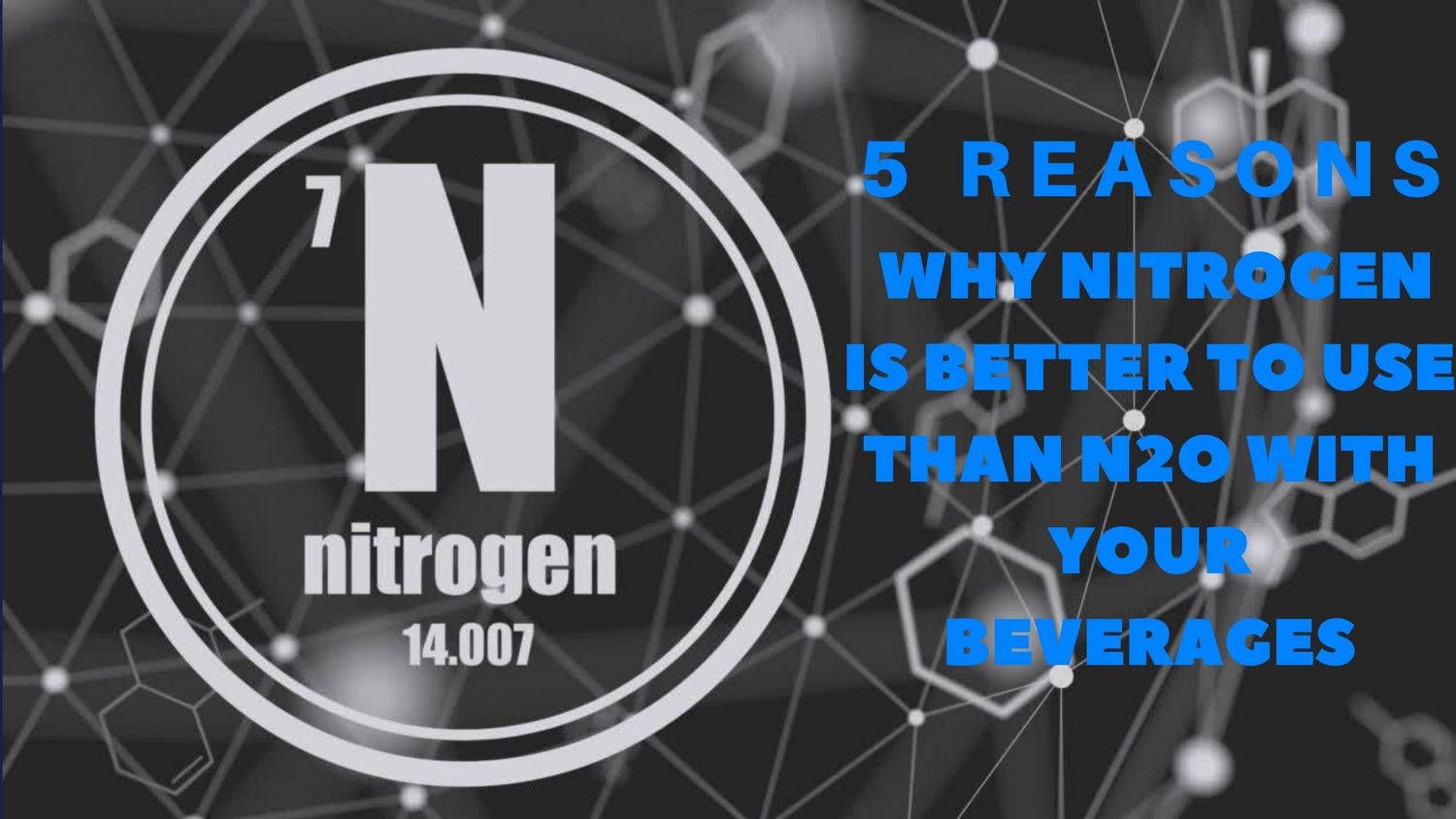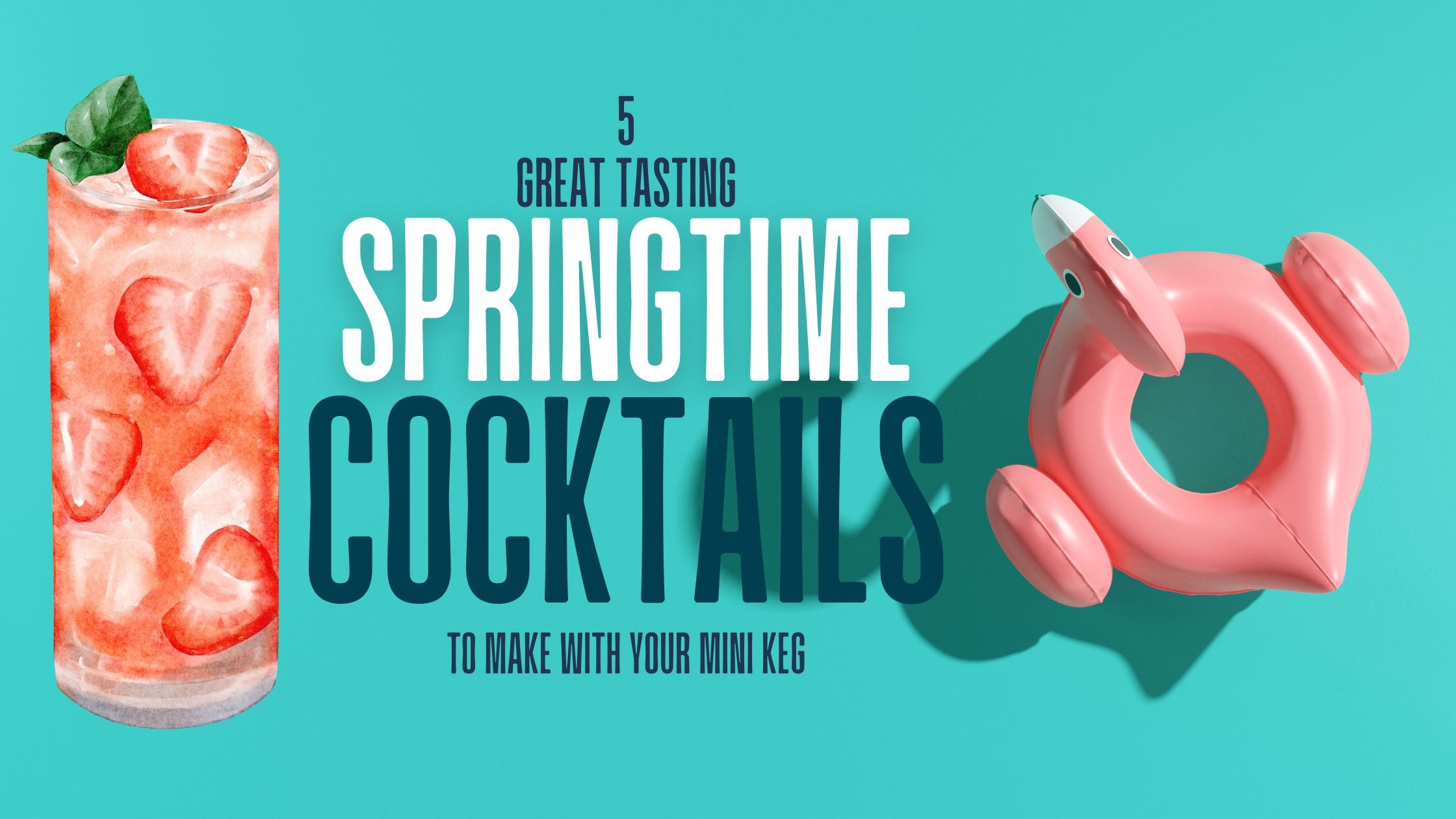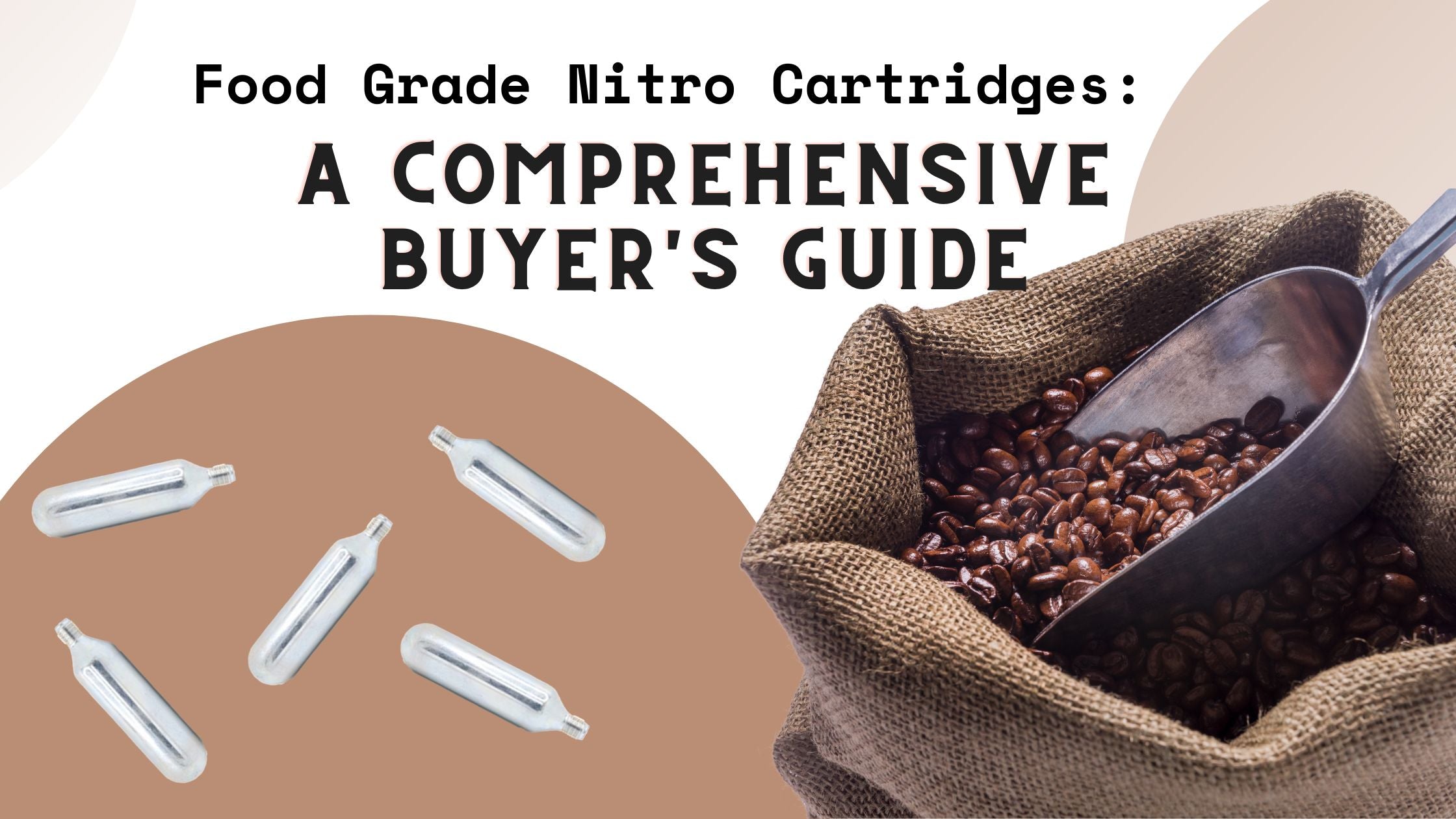Table of Contents
- Introduction
- What is Nitrogen?
- What is Nitrous Oxide (N2O)?
- Reason 1: Improved Taste and Mouthfeel
- Reason 2: Longer Shelf Life
- Reason 3: Environmental Considerations
- Reason 4: Safety Concerns
- Reason 5: Cost-effectiveness
- Conclusion
- Frequently Asked Questions
Introduction
In the world of food and beverages, the use of gases like nitrogen and nitrous oxide (N2O) has become increasingly popular. While both have their merits, this article will discuss five reasons why nitrogen is the better choice for your beverages. We'll cover taste, shelf life, environmental considerations, safety concerns, and cost-effectiveness.
What is Nitrogen?
Nitrogen is an odorless, colorless, tasteless gas that makes up about 78% of the Earth's atmosphere. It's a vital element for life, as it's a major component of amino acids and DNA.
Nitrogen in the food and beverage industry
In the food and beverage industry, nitrogen is used for various purposes, such as preserving freshness, extending shelf life, and enhancing texture. One of the most popular applications is nitrogen-infused beverages, which include coffee, tea, and even beer.
What is Nitrous Oxide (N2O)?
Nitrous oxide, or N2O, is a colorless, sweet-smelling gas known for its use as a dental anesthetic and whipped cream propellant. It's commonly referred to as "laughing gas" due to its ability to induce a sense of euphoria and laughter.
N2O in the food and beverage industry
N2O is mainly used in the food industry as a propellant for whipped cream dispensers. However, it has also found its way into some beverages, such as sparkling wines and cocktails.
Reason 1: Improved Taste and Mouthfeel
Nitrogen-infused beverages
Nitrogen provides a unique mouthfeel and improved taste when used in beverages. It creates a creamy, velvety texture that makes drinks like nitro coffee and nitro tea smooth and enjoyable.
N2O-infused beverages
Although N2O can create a similar texture, it often imparts a slightly sweet taste that might not be desirable in all beverages. This sweetness can alter the flavor profile and mask the natural flavors of the drink.
Reason 2: Longer Shelf Life
Nitrogen preservation
Nitrogen is often used in the food and beverage industry to preserve products and extend their shelf life. By replacing oxygen in packaging with nitrogen, the rate of oxidation is significantly reduced, keeping the product fresher for a longer period. This is especially beneficial for beverages, as it prevents the growth of spoilage-causing microorganisms and maintains the quality of the drink.
N2O preservation
While N2O also has some preservative properties, it's not as effective as nitrogen in extending the shelf life of beverages. Its primary use in the food industry is as a propellant for whipped cream, rather than a preservation method for other products.
Reason 3: Environmental Considerations
Nitrogen's environmental impact
Since nitrogen is a naturally occurring gas, it has a minimal environmental impact. Releasing nitrogen into the atmosphere has little to no effect on the environment, as it's already the most abundant gas in the air.
N2O's environmental impact
Conversely, N2O is a potent greenhouse gas with a global warming potential 300 times greater than carbon dioxide. Using N2O in the food and beverage industry contributes to the emission of greenhouse gases and negatively impacts the environment.
Reason 4: Safety Concerns
Nitrogen safety
When used correctly and in appropriate quantities, nitrogen is safe for use in the food and beverage industry. The FDA recognizes nitrogen as a safe substance for use in food products. Moreover, nitrogen doesn't pose any significant health risks when consumed.
N2O safety
N2O, on the other hand, can pose some safety concerns. In addition to being an inhalant drug with potential for abuse, excessive exposure to N2O can lead to oxygen deprivation and even fatal consequences. While N2O is generally safe when used in small amounts, the risks associated with its use are greater than those of nitrogen.
Reason 5: Cost-effectiveness
Nitrogen costs
Nitrogen is relatively inexpensive to produce and use in the food and beverage industry. As it's the most abundant gas in the atmosphere, it can be easily extracted and purified for various applications, making it a cost-effective choice for businesses.
N2O costs
In comparison, N2O is more expensive to produce and has a more limited range of applications in the food and beverage industry. Its primary use as a whipped cream propellant makes it less versatile and cost-effective than nitrogen for other beverage-related purposes.
Conclusion
When it comes to using gases in the food and beverage industry, nitrogen is the clear winner. Its ability to improve taste and mouthfeel, extend shelf life, minimize environmental impact, and ensure safety, all while being cost-effective, make it the superior choice over nitrous oxide. By choosing nitrogen, businesses can enhance their products without compromising on quality or sustainability.
Frequently Asked Questions
-
Can I use nitrogen in my home for DIY beverages? Yes, you can purchase nitrogen-infused beverage kits for home use, allowing you to create your own nitro coffee, tea, or even beer.
-
Is it safe to consume nitrogen-infused beverages? Yes, nitrogen is safe to consume and is recognized as safe by the FDA when used in appropriate quantities in food products.
-
Are there any risks associated with using nitrogen in the food and beverage industry? When used correctly and in appropriate quantities, nitrogen is generally considered safe for use in the food and beverage industry. However, it's crucial to follow proper safety guidelines and procedures when handling nitrogen.
-
Why is nitrogen-infused coffee so popular?
Nitrogen-infused coffee has gained popularity due to its unique, creamy texture and smooth taste. The nitrogen creates a velvety mouthfeel and reduces bitterness, making it an enjoyable alternative to traditional coffee.
-
Can nitrogen be used in any type of beverage? While nitrogen is most commonly used in coffee, tea, and beer, it can also be used in various other beverages. However, it's essential to consider the desired flavor profile and texture when incorporating nitrogen into a drink, as it may not be suitable for all types of beverages.




Leave a comment
This site is protected by hCaptcha and the hCaptcha Privacy Policy and Terms of Service apply.